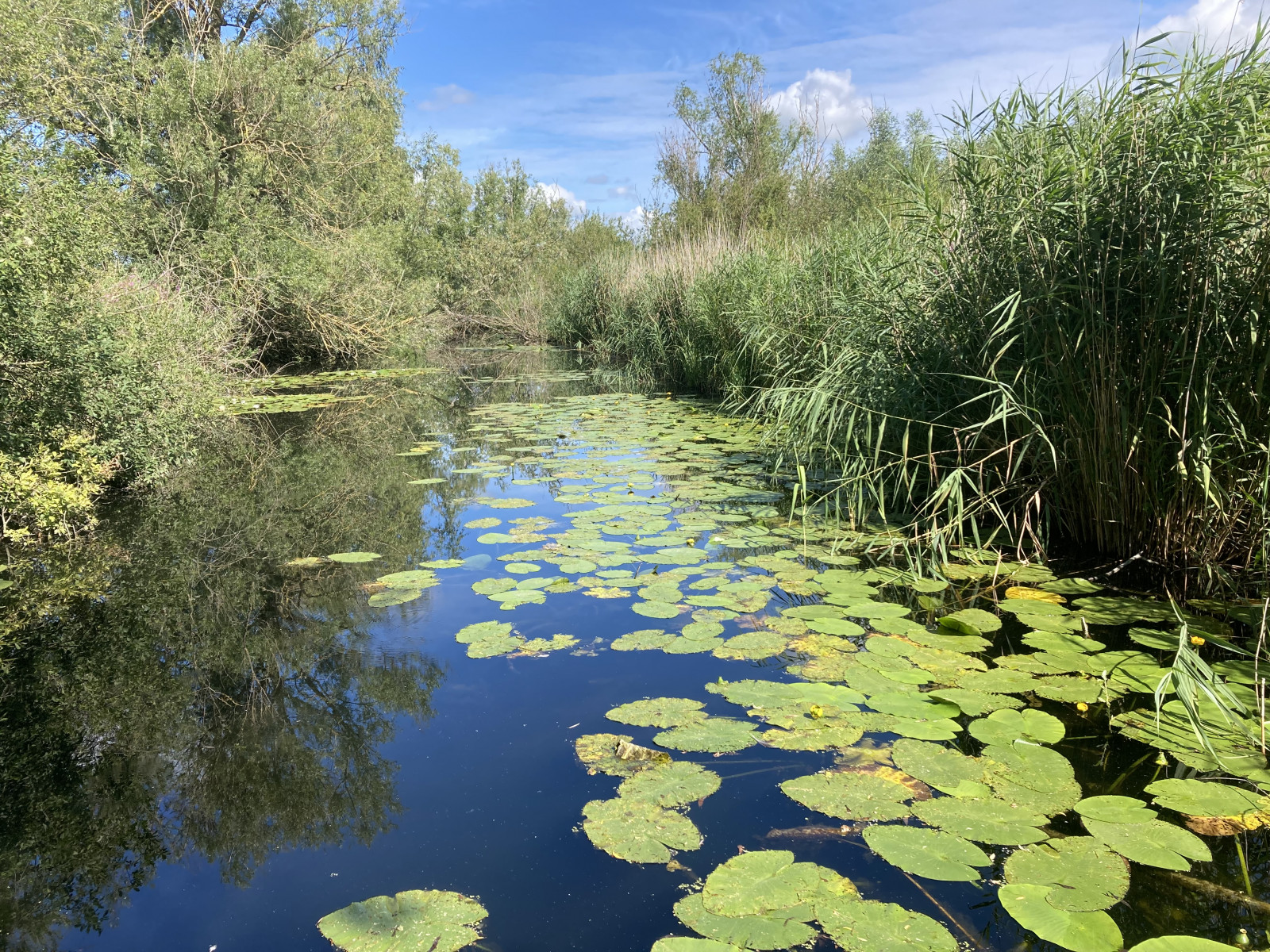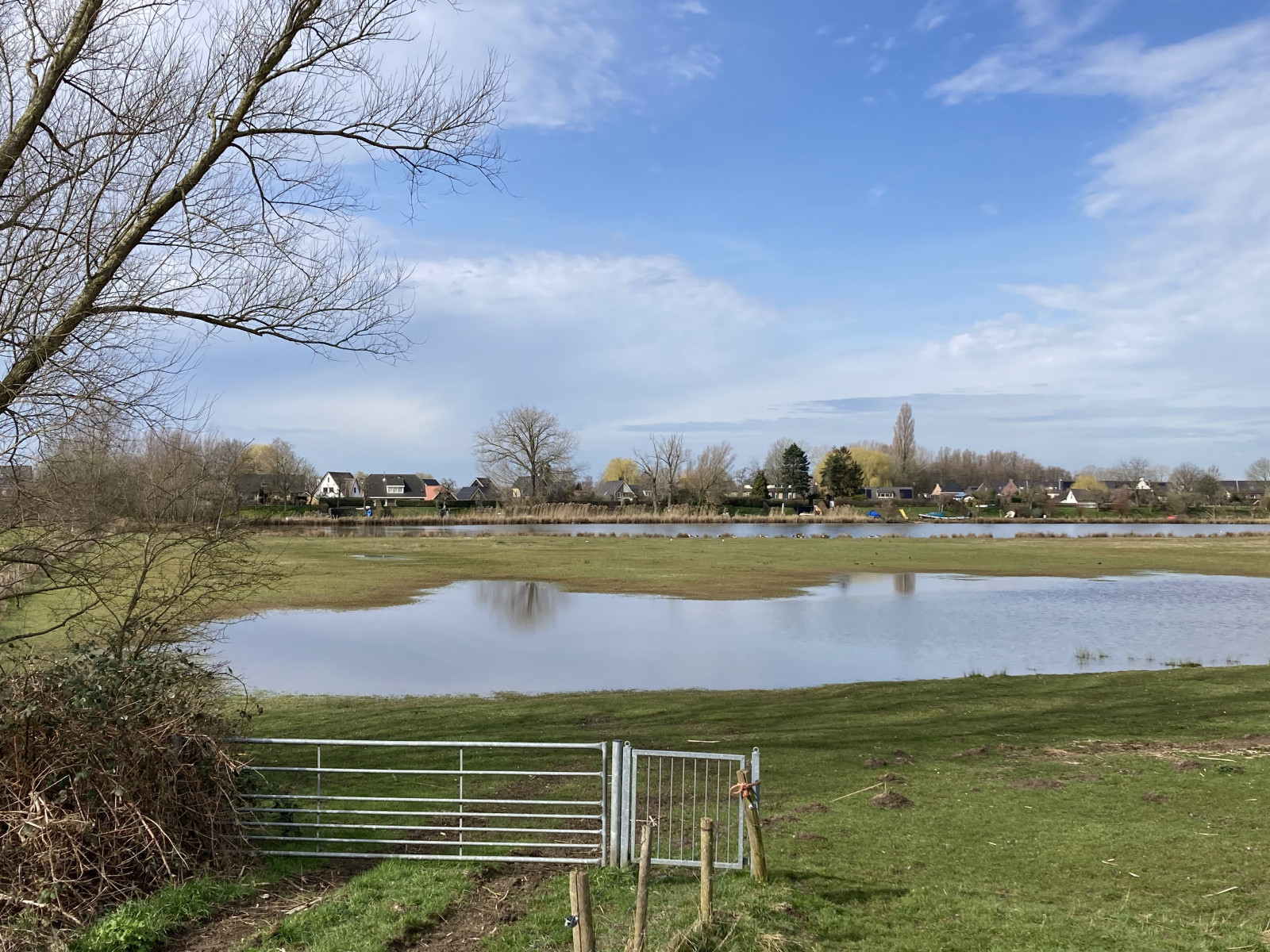Description
The area of the western Linge banks is a varied patchwork of jagged banks with ponds, straits, swamp forests, reed beds, poplar stands and grasslands on both sides of the Linge. It is rich in many species of water, marsh and forest birds. During the breeding season one can find plenty of trsteniarik malý, trsteniarik obyčajný, trsteniarik bahenný, cetia západná, penica slávikovitá, strnádka trstinová and slávik modrák. Here and there there is a chance of svrčiak slávikovitý, svrčiak zelenkavý, sedmihlások hájový, slávik obyčajný, sýkorka čiernohlavá and žltochvost hôrny. kukučka obyčajná and žlna zelená are guaranteed in spring. The rybárik riečny breeds in a few places. The volavka purpurová forages in the area. The potápka chochlatá is everywhere. A wandering chavkoš nočný is possible.
In winter and early spring, parts of the floodplains are often flooded, with often meadow birds and waders, such as brehár čiernochvostý, kalužiak červenonohý, močiarnica mekotavá and duck species such askačica chrapka, kačica lyžičiarka and kačica chripľavka. In the reeds you can hear chriašteľ vodný. An encounter with sluka hôrna is not unlikely.
Nederlands: De Lingeoevers West liggen aan weerszijden van de Linge tussen Beesd en Arkel. Een afwisselend gebied waar veel soorten vogels te vinden zijn. Het gebied van de westelijke Lingeoevers is een afwisselende lappendeken van grillige oevers met plassen, strangen, moerasbossen, rietvelden, grienden, populierenopstanden en (extensieve) graslanden aan weerszijden van de Linge. Het is rijk aan veel soorten water-, moeras- en bosvogels. In de broedtijd kan men volop de trsteniarik malý, trsteniarik obyčajný, trsteniarik bahenný, cetia západná, penica slávikovitá, strnádka trstinová en slávik modrák horen. Hier en daar is er kans op svrčiak slávikovitý, svrčiak zelenkavý, sedmihlások hájový, slávik obyčajný en žltochvost hôrny. kukučka obyčajná en žlna zelená zijn in het voorjaar niet te missen. De rybárik riečny broedt op enkele plekken. De volavka purpurová foerageert in het gebied. De potápka chochlatá kom je overal tegen. Een zwervende chavkoš nočný is niet uitgesloten. 's Winters en in het vroege voorjaar staan delen van uiterwaarden vaak onder water, met veel kans op weidevogels en steltlopers, zoals brehár čiernochvostý, kalužiak červenonohý en močiarnica mekotavá en eendensoorten als kačica chrapka, kačica lyžičiarka en kačica chripľavka. In rietland en grienden kun je de chriašteľ vodný horen. Een ontmoeting met een opvliegende sluka hôrna is niet onwaarschijnlijk.
S
Details
Access
The area can be visited both by car and by bicycle. It is often difficult to park along the dikes. There is a small parking lot along the Meerdijk, click on the P in the map for directions to the parking lot.
_________________________
Nederlands: Het gebied is zowel met de auto als met de fiets te bezoeken. Langs de dijken is het vaak moeilijk parkeren. Er is een kleine parkeerplaats langs de Meerdijk, klik op de P in de kaart voor een routebeschrijving naar de parkeerplaats.






